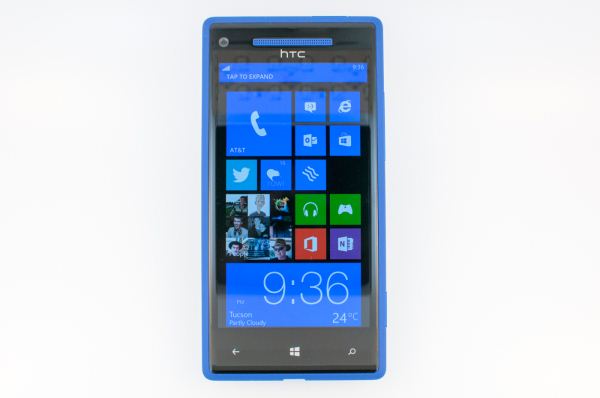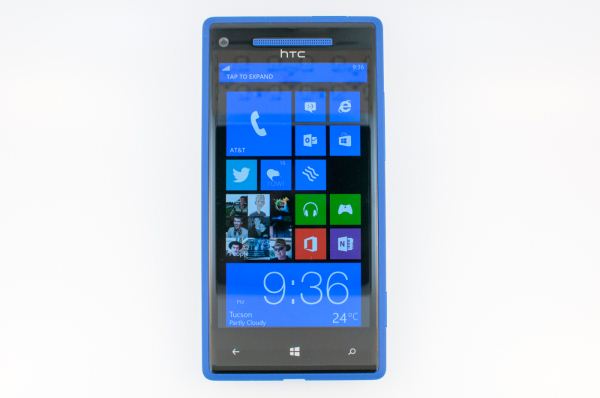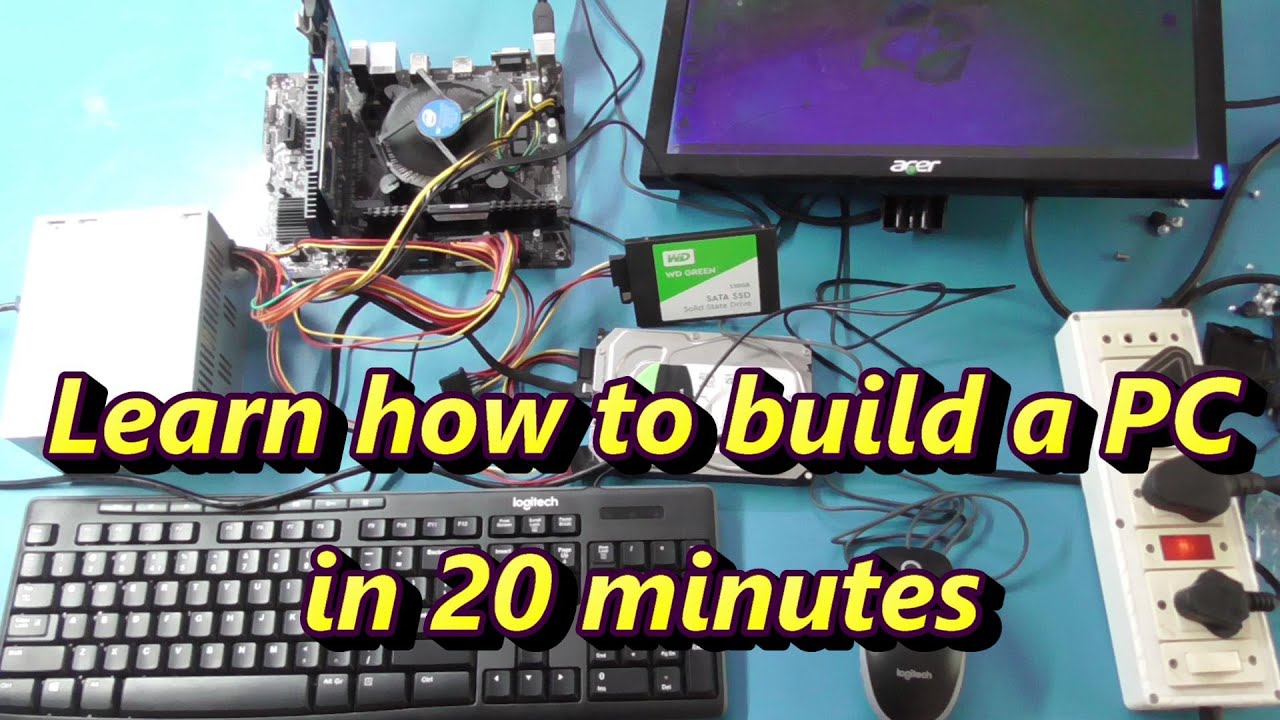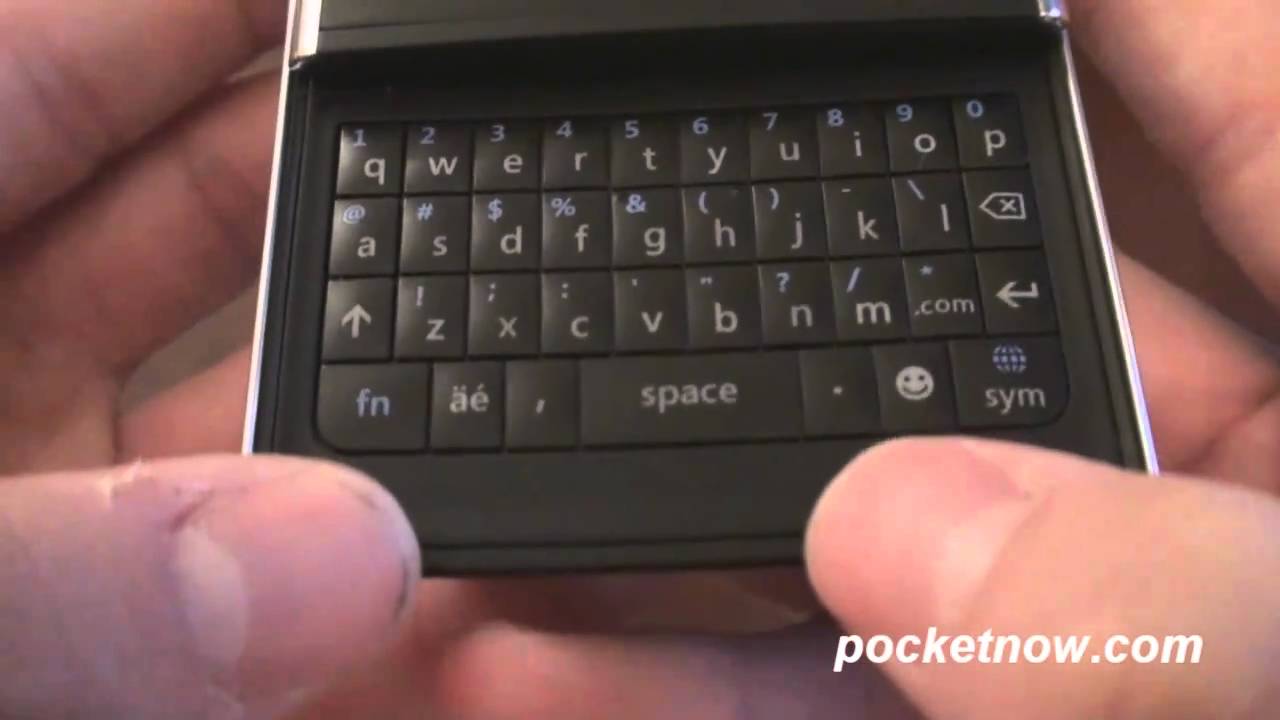For a long time Microsoft was in an enviable position in the smartphone space. It had almost all the pieces of the puzzle you’d expect for delivering a truly unique smartphone platform. It had the historical perspective, from the initial days of PocketPC, to Windows Mobile platforms, the software giant hasn’t exactly been uninvolved with the smartphone space. It is and remains first and foremost a software company, while other players come either the web or primarily hardware-focused perspectives. Lastly, it had the relationship with OEMs like HTC already, willing to commit to radically different platforms. It seemed like execution was just a matter of lining up all those assets and clicking go.

With Windows Phone 7, we saw Microsoft make a clean break from Windows Mobile and begin to morph the mobile experience from something tailored largely for users wanting a smartphone that emulated the Windows experience as much as possible on a smaller screen to a mobile-driven UI with a completely ground-up look at what needs to be part of a smartphone OS. WP7 was a radical re-imagining of Microsoft’s mobile story at a point in the smartphone explosion where it wasn’t very clear who would emerge victorious and who would fizzle out. I remember being at MIX10 two years ago and watching the elements of WP7 taking shape, and while that launch didn’t necessarily have every last feature needed to guarantee success, Windows Phone is still around and a few other big players notably aren’t. At that point Microsoft essentially started anew and since then has largely remained something of a number three in the smartphone OS space while iOS and Android have continued charging ahead. The question now is just how Windows Phone 8 will upset that balance.
![]()





